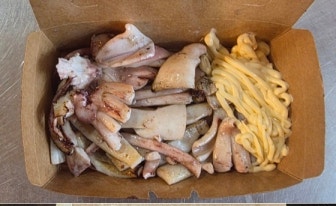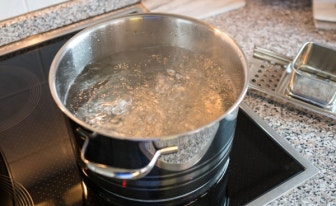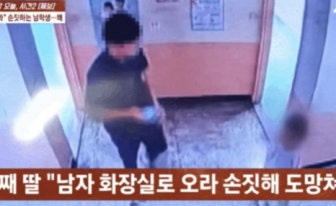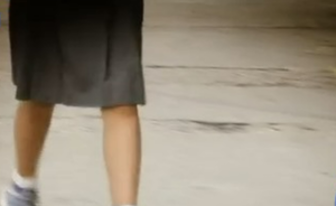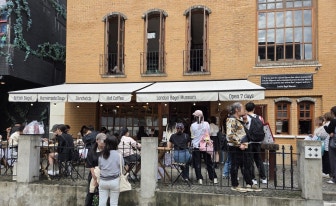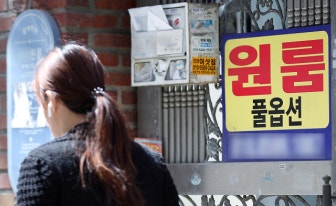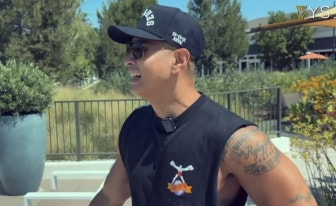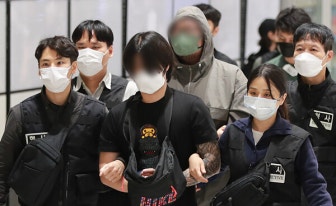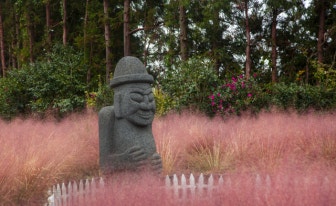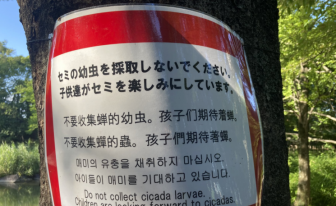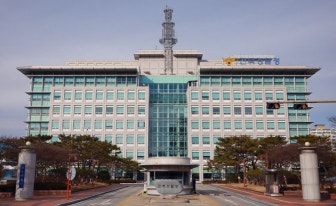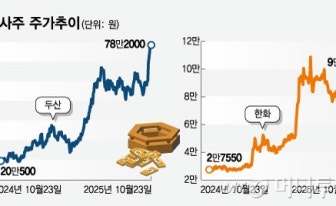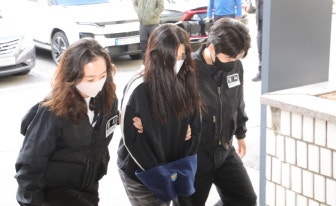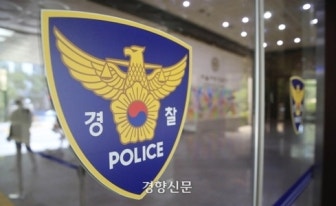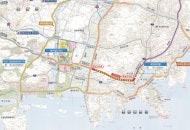This is the fifth in a six-part guide for cyclists looking to follow the cross-country bike road across Korea. This guide starts in Incheon in the northwest and ends in Busan in the southeast, but most of the instructions could be reversed for cyclists looking to travel in the other direction.
For an overview of the entire trip, click here. For more detailed information on logistics, including how to rent a bike, navigate, book accommodation and fly with a bike, click here.
There are two versions of the Day 5 guide: what I planned to do and what I actually did. Here I’ll present both and leave it up to you to decide how far you want to go.
If you made it to Chilgok the previous night, Day 5 continues exactly where Day 4 left off — with mile after mile of smooth, flat riverside path.
It’s about 35 kilometers (21.7 miles) from Chilgok to Gangjeong Goryeongbo, and — except for one short climb in the final 5 kilometers — it is almost entirely flat. The path continues another 23 kilometers on to Dalseongbo, by which point you’ve already cycled 60 kilometers, and you’re probably already thinking about lunch. Food is not too hard to find in this section of the outer sprawl of the greater Daegu area. A couple of kilometers down the road, the Hyeonpung neighborhood has a few good options, too.
It's 32 easy kilometers south from Hyeonpung to Hapcheon Changyeongbo, where you’ll pick up your third and final stamp of the day.
You’re now in a deeply rural and unsettled part of the river, and it’s worth going inside the K Water office building by the certification booth to use the bathroom and fill up your water bottles. After Hapcheon Changyeongbo, the next stamp is 55 kilometers away and likely well outside the range of most cyclists.
So, the issue is what to do at this stage. Hapcheon Changyeongbo is in the middle of nowhere, and the road continues south for some time before it reaches any sort of settlement. You’re already at about 80 kilometers on the day, and although it’s been a very easy one, the distance is likely piling up.
About 12 kilometers down the road from Hapcheon Changyeongbo is option one, a small collection of very dated motels and restaurants around the Jeokgyo intersection. These are the first motels you’ll pass since the Daegu outskirts, and for many cyclists, this is the best option, capping the day at about 90 kilometers and setting up a couple of shorter days into Busan.
Option two, which is what I ended up doing, is to take on another 32 kilometers to reach Namji Village, pushing it to a 120-kilometer day to end back in some semblance of civilization.
But as well as the extra distance, the stretch between the Jeokgyo intersection and Namji contains two of the worst climbs of the entire cross-country trail. Some cyclists even say they are worse than the Saejae passes from Day 3.
Rising out of nothing, these two hills take you from barely above sea level to close to 200 meters (656 feet) in elevation in the space of a kilometer or so, hitting inclines of 13 or 14 percent. The second is also in dense forest on an unused old track, and tackling it in the glooming dusk — as I did — is definitely not recommended.
A third option exists: to continue to Namji but to abandon the official path and head in by road. A German tourist I met told me that he had met a Korean cyclist who took him across the bridge at Jeokgyo (Jeok Bridge) and across country to Namji by road, thus avoiding the two hills. This route is also hilly, but it's nowhere near as steep as the bike route, and it's apparently still quiet.
It’s worth considering this diversion if you can find it, but make sure you are familiar with Korean traffic laws before taking on a regular road stretch.
If you make it to Namji, there is a spattering of cheap and cheerful motels and a few restaurants around, and you’re now close enough to push on to Busan on Day 6.
![Looking down on the Nakdong River after a steep hill climb on Oct. 1. [JIM BULLEY]](https://imgnews.pstatic.net/image/640/2025/10/20/0000078476_001_20251020120113503.jpg?type=w860)
![Day 5 on the Korea Cross Country Cycling Road [KOREA JOONGANG DAILY]](https://imgnews.pstatic.net/image/640/2025/10/20/0000078476_002_20251020120113583.jpg?type=w860)

![A view downstream on the Nakdong River from the southern tip of Daegu on Oct. 1. [JIM BULLEY]](https://imgnews.pstatic.net/image/640/2025/10/20/0000078476_004_20251020120113785.jpg?type=w860)
![A view back down the Nakdonggang Bicycle Path from Dalseongbo in Daegu on Oct. 1. [JIM BULLEY]](https://imgnews.pstatic.net/image/640/2025/10/20/0000078476_005_20251020120113876.jpg?type=w860)

![The Nakdonggang Bicycle Path hits a long, straight section south of Daegu on Oct. 1. [JIM BULLEY]](https://imgnews.pstatic.net/image/640/2025/10/20/0000078476_007_20251020120114036.jpg?type=w860)
![A long, flat trail winds around the outskirts of Daegu on Oct. 1. [JIM BULLEY]](https://imgnews.pstatic.net/image/640/2025/10/20/0000078476_008_20251020120114100.jpg?type=w860)


![The second climb, over a heavily forested hill on an unused old road, in the dark on Oct. 1. [JIM BULLEY]](https://imgnews.pstatic.net/image/640/2025/10/20/0000078476_011_20251020120114335.jpg?type=w860)
![The sun sets over the Nakdong River on Oct. 1. [JIM BULLEY]](https://imgnews.pstatic.net/image/640/2025/10/20/0000078476_012_20251020120114457.jpg?type=w860)



















